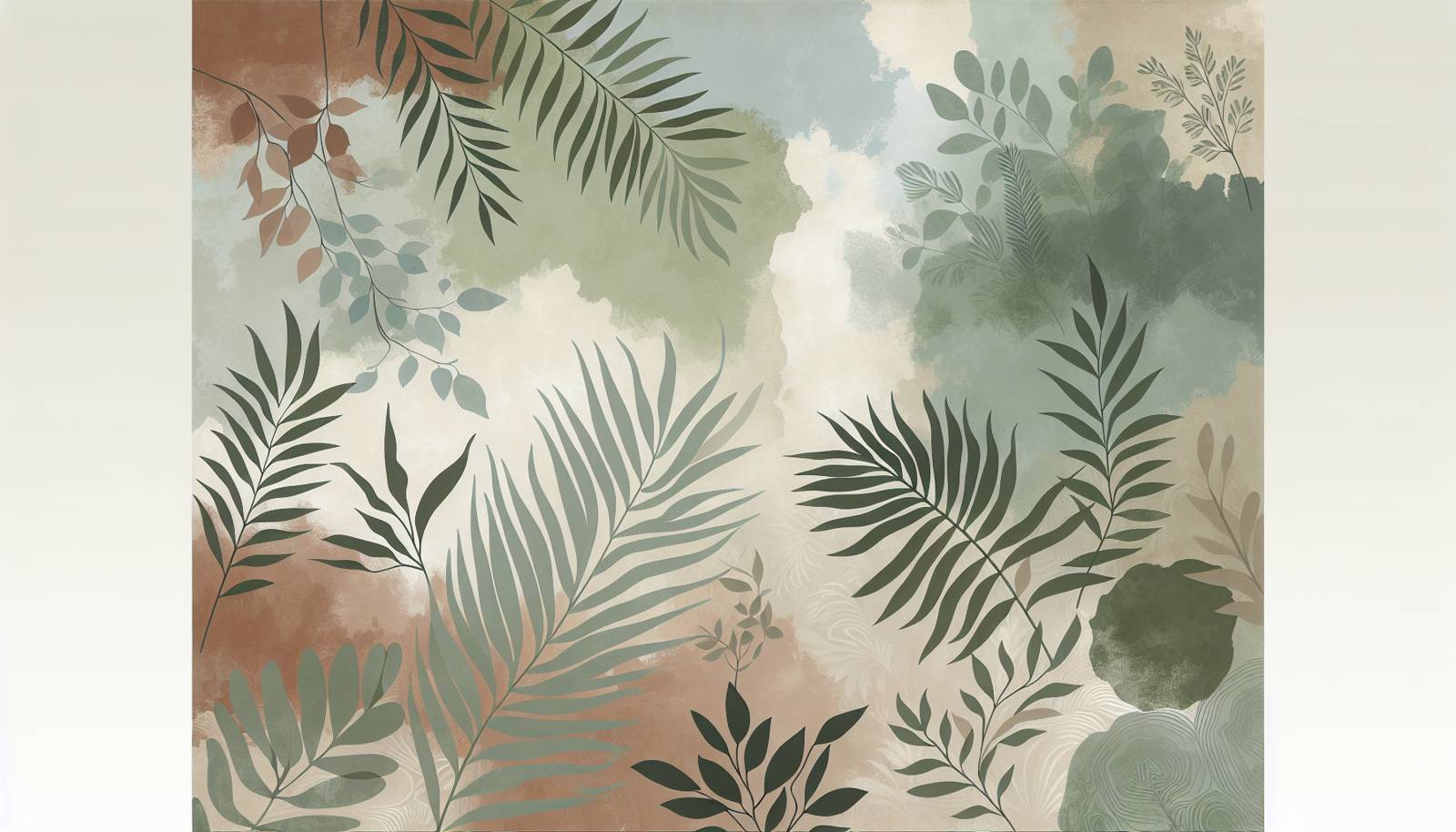
FAQ About Caring for Indoor Botanical Gardens

What are the benefits of having an indoor botanical garden?
Indoor botanical gardens offer numerous benefits, including improving air quality, increasing humidity, and providing a natural atmosphere that can reduce stress and enhance mood. Plants in an indoor garden can absorb carbon dioxide and release oxygen, contributing to a healthier environment. Additionally, they add aesthetic value and can be tailored to suit personal design preferences.

How can I select the right plants for my indoor botanical garden?
When selecting plants for an indoor botanical garden, consider light, temperature, and humidity requirements. Choose plants that thrive in the available conditions of your home, such as low-light-tolerant species like snake plants or pothos for dimmer spaces, and plants such as succulents and cacti for sunny spots. Also, consider your level of commitment to care and maintenance, opting for more resilient varieties if you have a busy lifestyle.

What is the ideal layout design for an indoor botanical garden?
The ideal layout for an indoor botanical garden depends on your space and aesthetic preferences. Consider using shelves, hanging planters, or tiered plant stands to utilize vertical space. Group plants with similar light and watering needs together for more efficient care. Additionally, vary plant heights and textures to create visual interest and ensure each plant has enough room to grow.

How often should I water plants in my indoor botanical garden?
Watering frequency depends on the type of plants, the environment, and the season. Generally, most indoor plants prefer their soil to dry out between waterings. A good rule of thumb is to check the top inch of soil; if it's dry, it's time to water. Over-watering is a common mistake, so always err on the side of caution and adjust based on plant response.

How do I control the climate for my indoor botanical garden?
Controlling the climate involves managing light, temperature, and humidity. Use grow lights to supplement natural sunlight if needed, and maintain a consistent temperature suited to the plants, usually between 65-75°F (18-24°C) for most tropical species. Humidity can be increased with a humidifier or by placing water trays near plants. Regular monitoring and adjustments will help maintain optimal conditions.

What are common mistakes to avoid when caring for an indoor botanical garden?
Common mistakes include over-watering, ignoring plant placement needs, and neglecting pest control. Over-watering can lead to root rot, while wrong lighting conditions can hinder plant growth. Regularly inspect plants for signs of pests or diseases, and always make adjustments according to the specific needs of each plant type.

How can I improve lighting for my indoor botanical garden without natural sunlight?
For spaces with limited natural sunlight, use grow lights that mimic natural light. LED and fluorescent grow lights are good options for providing the necessary light spectrum for plant growth. Position the lights 6-12 inches above the plants and run them for about 12-16 hours a day to simulate natural daylight conditions.

Is it possible to maintain an indoor botanical garden with pets?
Yes, it is possible to maintain an indoor botanical garden with pets, though the choice of plants is crucial. Ensure plants are non-toxic to pets, as some plants like philodendrons and lilies can be harmful if ingested. Additionally, place plants in positions that are difficult for pets to access, and consider using deterrents for curious animals.

What are some low-maintenance plants suitable for an indoor botanical garden?
Some low-maintenance plants include snake plants, ZZ plants, pothos, and peace lilies. These plants are known for their resilience, requiring minimal watering and thriving in a range of lighting conditions. Such plants are ideal for those new to indoor gardening or with limited time for plant care.

How can I integrate an indoor botanical garden into my home decor?
Integrating an indoor botanical garden into your home decor can enhance both style and atmosphere. Use decorative pots that match your interior design, and consider plant stands or shelves to showcase plants at varying heights. Incorporate plants as focal points in different rooms, or use hanging plants to add greenery without sacrificing floor space.

What tools are essential for maintaining an indoor botanical garden?
Essential tools include a watering can with a long spout, pruning shears, a spray bottle for misting, and a soil moisture meter. A humidifier and grow lights can also be invaluable for maintaining optimal growing conditions. Having a complete toolkit ensures you can easily tackle routine care and any unexpected issues that arise.

How do I prevent pests and diseases in my indoor botanical garden?
Prevent pests and diseases by regularly inspecting plants, maintaining cleanliness, and ensuring proper airflow. Use neem oil or insecticidal soap as natural remedies to control pests if they appear. Avoid overcrowding plants to reduce humidity and fungal growth, and remove any affected leaves or plants promptly to prevent disease spread.

What are some ways to increase humidity for my indoor botanical garden?
Increase humidity by using a humidifier, grouping plants together, or placing plants on trays filled with pebbles and water. Misting plants can also help, but ensure you don't overdo it to prevent fungal issues. Each of these methods helps create a more suitable micro-environment for humidity-loving plants.

Can I grow an indoor botanical garden in a small space?
Yes, even in small spaces, an indoor botanical garden is feasible. Utilize vertical space with shelves or hanging planters and choose compact, space-efficient plants. Consider creating a terrarium or using wall-mounted planters to maximize your available space while still enjoying a lush indoor garden.

What are the best practices for repotting plants in an indoor botanical garden?
Repot plants when they outgrow their current containers or if you notice issues such as roots circling the pot or water not draining properly. Choose a new pot with drainage holes and slightly larger than the current one. Use fresh potting soil, and gently transfer the plant to avoid damaging roots. Water thoroughly after repotting to help the plant settle.

How can I ensure proper drainage for plants in my indoor garden?
Ensure proper drainage by using pots with drainage holes and a well-draining potting mix. Adding a layer of gravel at the bottom of the pot can also help improve drainage. Regularly check for signs of waterlogging like yellowing leaves or poor plant health, adjust your watering routine, and ensure pots are not sitting in standing water.

How can I design an indoor botanical garden with a focus on sustainability?
Focus on sustainability by choosing native or adapted plant species that require less water and resources to thrive. Use organic, peat-free potting mixes and natural fertilizers. Collect rainwater for watering, and incorporate recycled materials for planters and plant supports. Also, explore automation for lighting and watering to minimize energy and water waste.

What is the role of soil in caring for an indoor botanical garden?
Soil plays a critical role as it provides nutrients, water, and support to plants. Choose the right potting mix for your plant types; for instance, cacti and succulents need a well-draining mix, while tropical plants may prefer a more moisture-retentive soil. Regularly check soil condition and replenish nutrients with appropriate fertilizers to ensure sustained plant health.

How do I know if my indoor botanical garden needs more light?
Signs that your plants need more light include slow growth, pale or yellowing leaves, and leggy stems as plants stretch towards the light source. Assess the lighting conditions and consider supplementing with grow lights if necessary to provide adequate illumination for photosynthesis and healthy growth.

How can I incorporate technology into the care of my indoor botanical garden?
Incorporate technology by using smart devices like automated watering systems, humidity sensors, and grow lights controlled by timers or apps. These technologies can help maintain optimal conditions, reduce manual intervention, and enhance the efficiency of care routines. They are particularly useful for large gardens or for people with busy schedules.
